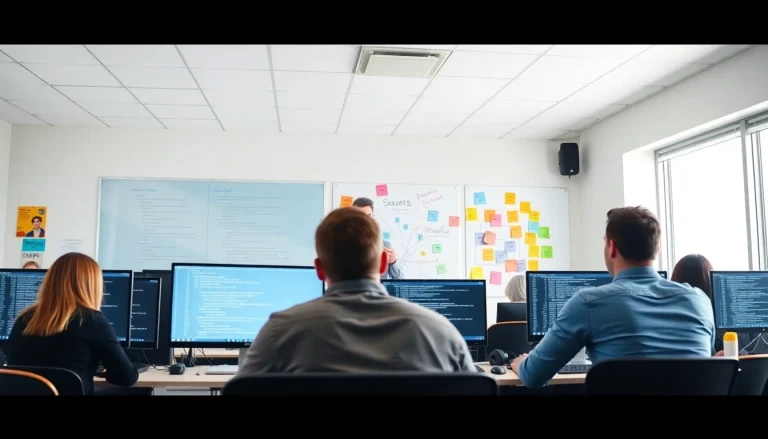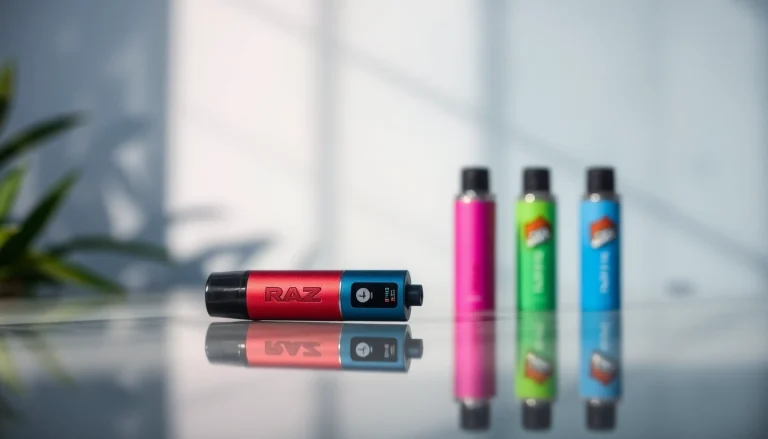Understanding Plagiarism and Its Implications
What is Plagiarism?
Plagiarism is the act of using someone else’s work, ideas, or expressions without proper acknowledgment or permission, with the intention of presenting them as one’s own. This unethical practice can occur in various forms, including text, images, music, and ideas. In academic and professional writing, plagiarism undermines the integrity of work and can lead to serious consequences.
Common Types of Plagiarism
Plagiarism can manifest in numerous forms. The most common types include:
- Direct Plagiarism: Copying someone else’s work word-for-word without citation.
- Self-Plagiarism: Reusing one’s own previously submitted work without permission or acknowledgment.
- Patchwork Plagiarism: Piecing together various sources without proper citation, creating a new work that lacks originality.
- Accidental Plagiarism: Unintentionally failing to cite sources correctly, often due to lack of understanding of citation rules.
Consequences of Plagiarism in Academia
In academic settings, the repercussions for plagiarism can be severe. They may include:
- Academic penalties such as failure of assignments, courses, or expulsion from educational institutions.
- Loss of credibility among peers and faculty, damaging long-term academic relationships.
- Legal ramifications, including copyright infringement lawsuits.
- Long-term damage to an individual’s reputation, making it difficult to secure jobs or opportunities in the future.
How a Plagiarism Checker Works
Basic Functionality of Plagiarism Checkers
Plagiarism checkers function by scanning the entered text against a vast database of published works, articles, and online content. Through algorithms and AI technology, these tools identify similarities between text inputs and the existing content in their databases. When a match is found, users receive a report indicating potential plagiarism instances along with the sources for review.
Key Features to Look For
When selecting a plagiarism checker, consider the following features:
- Comprehensive Database: A good plagiarism checker should scan multiple sources, including academic journals, articles, and online content.
- Real-Time Checking: Instant detection helps improve efficiency and facilitates timely revisions.
- User-Friendly Interface: Intuitive design ensures ease of navigation and understanding.
- Detailed Reporting: Effective tools provide clear reports that indicate percentage matches and sources.
- Integration with Other Tools: Compatibility with writing software can enhance workflow.
Understanding Reports Generated by Plagiarism Checkers
Plagiarism reports typically display a similarity index, showing the percentage of text that matches other sources. The reports highlight specific sections of text that are flagged along with their respective sources. Understanding these reports is crucial for distinguishing between acceptable quotes, paraphrased content, and potential plagiarism.
How to Utilize a Plagiarism Checker Effectively
Step-by-Step Guide to Running a Check
To ensure the accuracy and efficiency of a plagiarism check, follow this detailed process:
- Select a reliable plagiarism checker: Choose a tool that meets your needs, whether it be a free or paid service like a plagiarism checker.
- Upload or input your document: Depending on the checker, you may need to copy-paste the text or upload a file.
- Initiate the check: Begin by clicking the appropriate “Check” button to start the scanning process.
- Review the report: Analyze the results closely. Look for highlighted sections and compare them with the suggested sources.
Best Practices for Reviewing Results
Once you have completed the plagiarism check, it’s essential to approach the results analytically:
- Separate legitimate citations or common phrases from incorrect references.
- Use the results to pinpoint areas needing reformulation or citation improvements.
- Cross-check any unfamiliar sources listed in the report to ensure accuracy.
Tips for Correcting Plagiarized Content
Here are strategies for dealing with content flagged as plagiarized:
- Rephrase the content: Use your own words to express the same ideas and ensure the original meaning is maintained.
- Cite sources correctly: If you use another’s ideas or text, follow proper citation practices according to your required style guide.
- Paraphrase wisely: If transforming the text, ensure that it’s genuinely distinct from the original while accurately representing the source’s concept.
Choosing the Right Plagiarism Checker for Your Needs
Comparing Free vs. Paid Plagiarism Checkers
When deciding between free and paid plagiarism checkers, consider the following factors:
- Cost: Free checkers often come with limitations, while paid services provide extensive features and comprehensive databases.
- Accuracy: Paid tools generally offer higher passing rates and more sophisticated algorithms.
- Support: Paid services often provide customer support and assistance for their users.
Top Plagiarism Checkers: Features & Ratings
Several plagiarism checkers offer valuable services. Here are some of the top options available:
| Plagiarism Checker | Features | Rating |
|---|---|---|
| Grammarly | Real-time suggestions, grammar checker, multi-format compatibility | 4.8/5 |
| PapersOwl | AI-driven results, works with various file formats | 4.9/5 |
| Scribbr | Advanced detection algorithms, similar tools as universities | 4.5/5 |
| DupliChecker | Free with basic features, easy to use | 4.0/5 |
User Feedback and Reviews
User feedback is vital in determining the usability and effectiveness of plagiarism checkers. Review sites and forums reveal user experiences, often highlighting:
- Ease of use and learning curve
- Accuracy of checks and reporting
- Customer support quality
Future Trends in Plagiarism Detection Technology
The Role of AI in Plagiarism Detection
Artificial intelligence is rapidly improving the capabilities of plagiarism detection tools. AI-driven algorithms can evaluate writing style, nuances, and context better than simple keyword matching, thereby offering enhanced accuracy. Moreover, these tools are evolving to identify more sophisticated forms of plagiarism, including paraphrasing and patchwriting.
Potential Developments in Detection Accuracy
As plagiarism detection technology advances, we can expect improvements in accuracy rates. These developments may include:
- Better algorithms designed to understand context and semantics, thus reducing false positives.
- Integration of machine learning to continuously enhance detection capabilities based on user feedback and evolving writing styles.
Integrating Plagiarism Checkers into Writing Tools
Future plagiarism checkers may seamlessly integrate into writing software and educational platforms. This integration will allow users to check for plagiarism in real-time, enhancing the writing process and preventing accidental plagiarism before submission. Additionally, writers may receive personalized writing feedback, thereby improving their writing quality over time.








